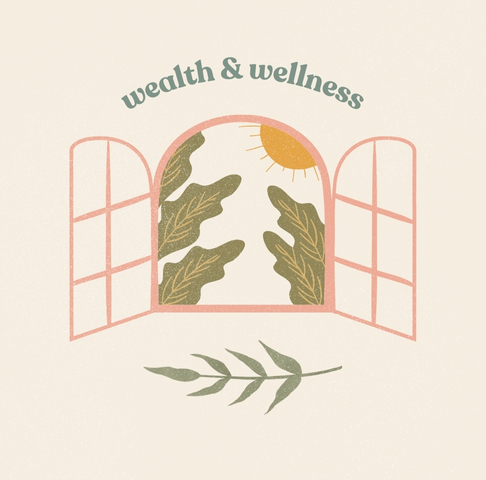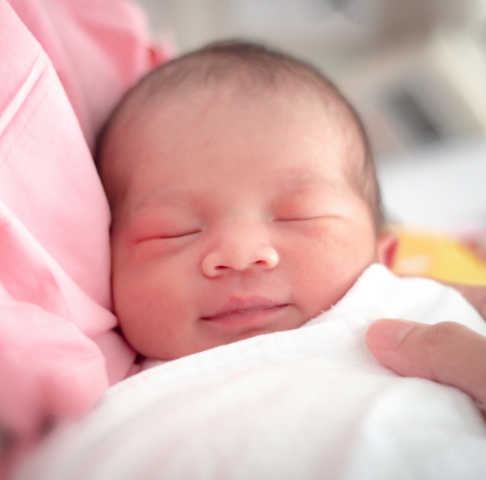A new long-term care insurance, called CareShield Life, will be launched in 2020, the Health Ministry announced on Sunday (May 27).
Under the new scheme, subsidies will be provided by the Government to help ensure coverage, which is compulsory for new cohorts. Here is what you should know.
Q: I already have MediShield Life. Why do I need CareShield Life?
A: MediShield Life insures you for high hospital bills or expensive medical treatments such as for cancer.
CareShield Life is to help you financially should you become severely disabled and require long-term care. The payout is in cash every month so you may do what you like with it, such as employing a helper or offsetting the cost of day care.
Q: How do I get payouts?
A: To qualify, you must need help in doing at least three of six activities of daily living (ADLs). These are bathing, dressing, eating, toileting, transferring such as from bed to chair, and moving from room to room.
You need to get a doctor, nurse, physiotherapist or occupational therapist to certify your status. There is a fee for this which you will need to pay.
Q: How much payout will I get if I have three ADLs?
A: The payout will depend on the amount in force at the time you make your claim. In 2020, it is $600 a month. Once you start claiming, you will continue to get the same amount every month so long as you remain disabled.
If you become severely disabled after the age of 67, you will get the payout in force when you are 67 years old, in other words, the year you pay your last premium. There is no time limit for how long payouts are given.
CareShield Life will be compulsory, automatically getting everyone who is between the ages of 30 and 40 in 2020 to start paying premiums.
Q: What can I use the payout money for?
A: Anything. The cash is yours outright.
Q: Why can't I pay the whole premium amount in one lump sum, like those on ElderShield can?
A: With ElderShield (CareShield Life vs. Eldershield: Understanding The Differences | Singlife), the payout amount is fixed at $300 for up to five years or $400 for up to six years, depending on the scheme you are on.
With CareShield Life, the payout will increase over time to offset higher costs of care in the future. The amount of increase may vary, so it is not possible to know, up front, the total premiums that need to be paid.
Q: Why do I have to pay higher premiums as I get older? Current ElderShield policyholders pay the same amount every year.
A: The premiums to be paid will depend on the payouts, which will increase over the years, as well as the amount of claims made against the scheme. Inflation is also a factor.
If more claims are made than anticipated, premiums will have to go up to keep the fund solvent. On the other hand, should the claims made be less than expected, then increase in premiums may slow down.
Q: Do I get higher payouts if I start making claims at an older age?
A: The amount of payout is not age-based. The payout amount will go up annually based on the year in which you first make a claim. Two people of different ages making their first claim in the same year will get the same monthly payout.
However, the payout for people older than 67 will be pegged at the payout amount in the year they stop paying premiums, at the age of 67.
Q: What are the forms of financial support given under CareShield Life to help pay for premiums?
A: Lower- to middle-income Singapore residents will be eligible for means-tested subsidies of up to 30 per cent of premiums due. The amount you can get is based on your monthly per capita household income and annual value of residence.
In addition, there are transitional subsidies for citizens enrolling in the scheme between 2020 and 2024 - up to a total of $250, spread over the five years.
There will also be additional premium support for policyholders who cannot afford the premiums even after family support and premium subsidies. This is provided on a discretionary basis.
Q: What happens if I don't have enough money in my Medisave to pay the premium, even with the subsidy?
A: You may use the Medisave savings of a family member, such as your child, to pay the premium. You can also pay in cash. If those options are not possible for you, you will be means tested, and if you qualify for subsidies, the Government will pay the outstanding amount for you.
Q: I am already on ElderShield. I have opted out of ElderShield. Can I join CareShield Life?
A: Yes, but only from 2021. You will need to top up your premiums to switch to CareShield Life. Those who have opted out may also join. Details of how this can be done will come later. However, those in these groups who are already severely disabled will not be able to join CareShield Life.
Q: What happens if I already have three ADLs before I'm 30 years old? Am I excluded?
A: No, CareShield Life is an all-inclusive long-term care insurance, so no one will be left out. You will need to pay the first premium at the age of 30 to join the scheme.
Since you already have three ADLs, you will be able to collect the monthly payout the same year. Once you start collecting the payouts, you no longer need to pay any premiums.
Q: If I am no longer living in Singapore and have no intention of returning, can I opt out as I have done for MediShield?
A: No, CareShield Life is compulsory for all Singaporeans and permanent residents. It doesn't matter if you do not reside here. If you have three ADLs, you will be given the payout, which is in the form of cash.
MediShield Life is different as it pays for treatment that has to be done here.
Q: Can I buy supplementary plans to get higher payouts, as is possible with ElderShield?
A: Yes. Such plans, especially those that add an additional amount to the monthly payouts, will likely still be available from private insurers.
Source: The Straits Times © Singapore Press Holdings Limited. Permission required for reproduction








